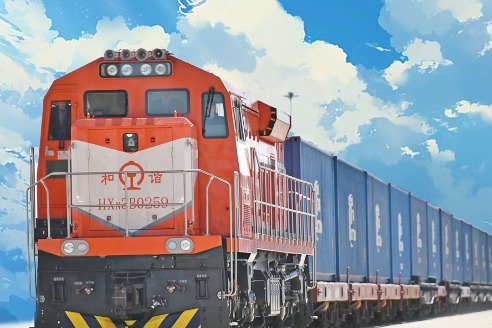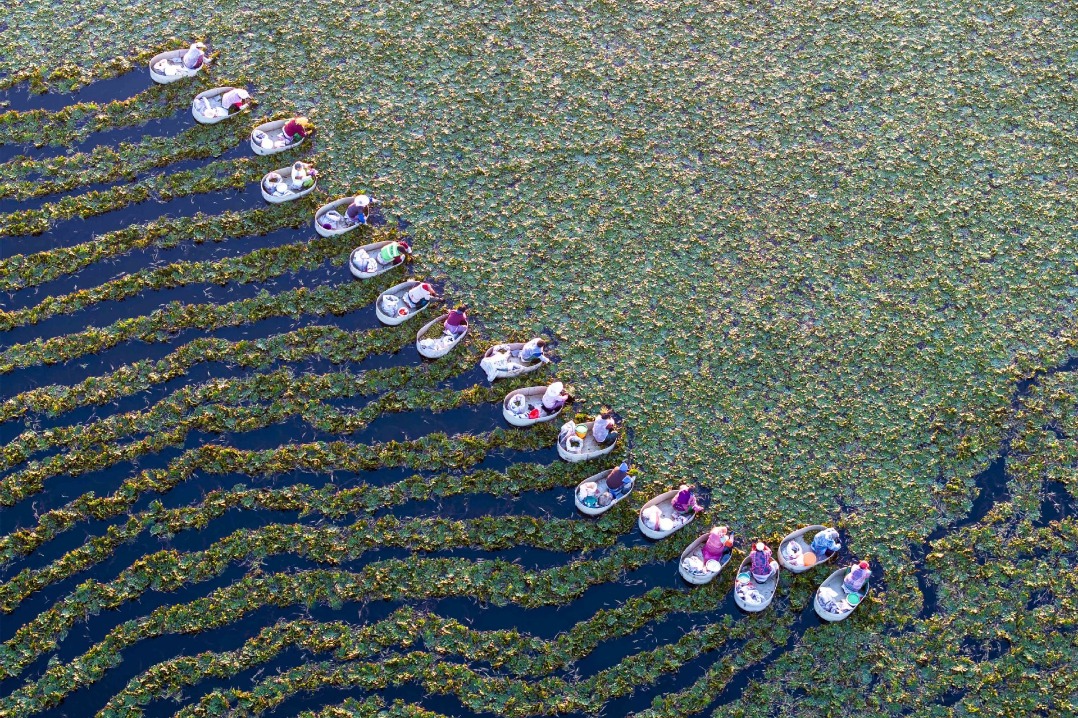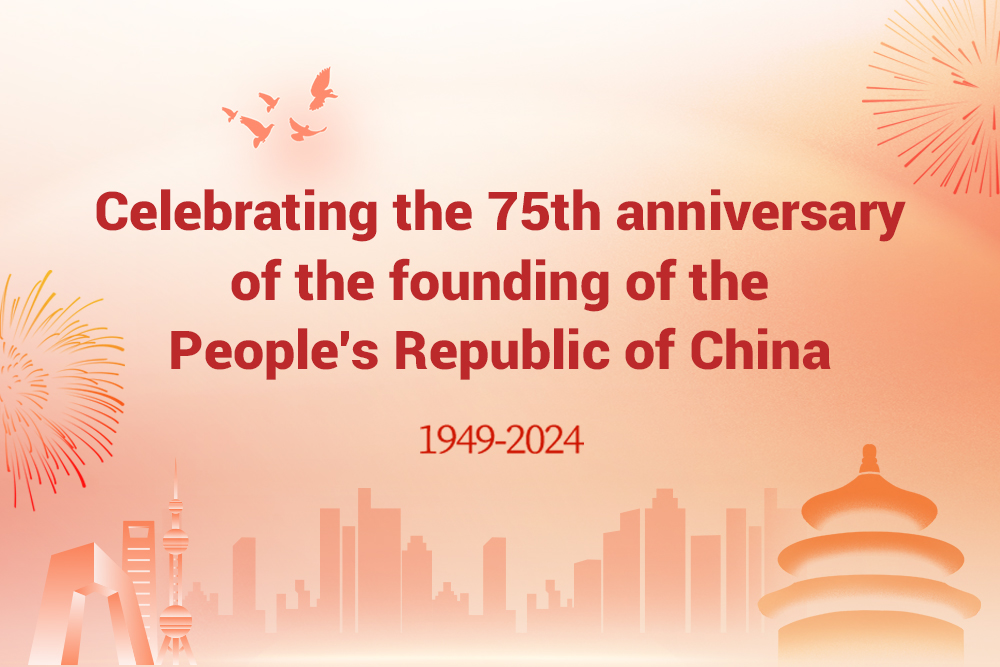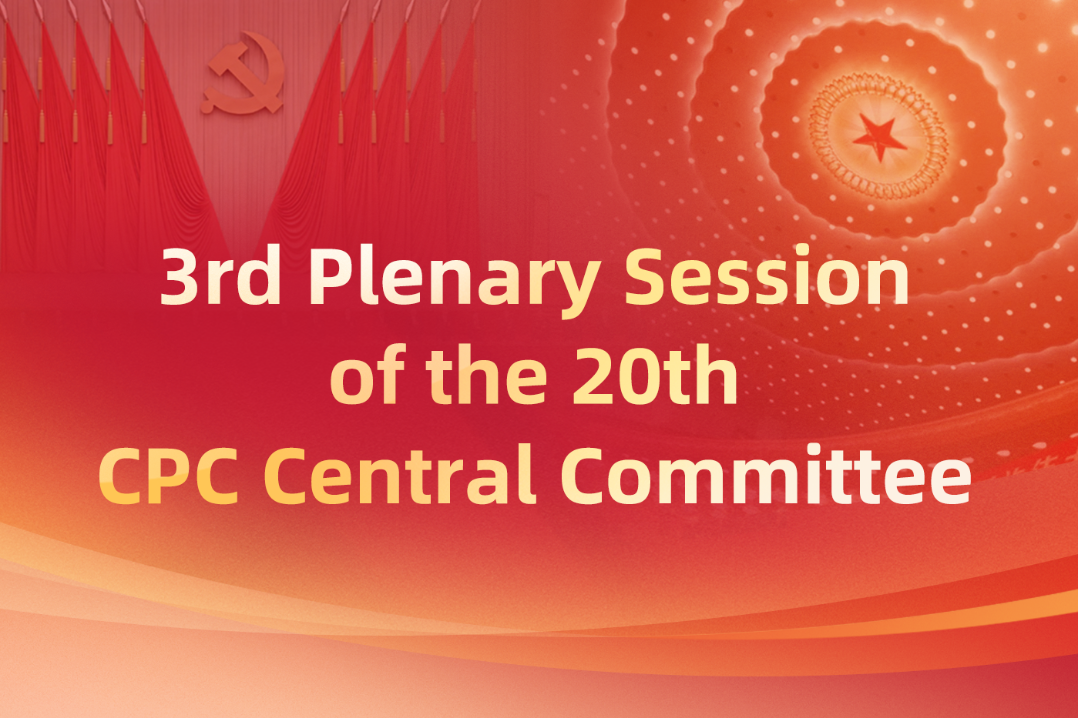Blueprint set for Yangtze economic belt


Region can exemplify Xi's philosophy of lucid waters, lush mountains, say experts
The latest vision put forward by President Xi Jinping on the high-quality development of the Yangtze River Economic Belt has set the stage for the region to continue leading the way in the nation's modernization, green development and breakthroughs in core technologies, analysts said.
Xi, who is also general secretary of the Communist Party of China Central Committee, presented his vision for the region to better serve and support Chinese modernization, during a meeting on Thursday with officials in Nanchang, Jiangxi province. The meeting was the fourth of its kind chaired by Xi since 2016.
Wu Chuanqing, an economics professor at Wuhan University who specializes in the Yangtze River Economic Belt, said Xi has set forth a host of new policies that "will constitute a road map for the region to serve as a pillar for the nation's modernization drive".
"There is no doubt that the Yangtze River Economic Belt has been among the best-performing regions, either in terms of economic growth or environmental protection. The only question is how this best-performing region can perform even better," he said.
The economic belt comprises 11 provincial-level regions along the Yangtze — the longest river in Asia — stretching from Sichuan and Yunnan provinces in western China to economic powerhouses in eastern China including Jiangsu and Zhejiang provinces and Shanghai.
The region covers more than 2 million square kilometers, or one-fifth of the country, and accounts for over 40 percent of China's total population. Its GDP reached 55.98 trillion yuan ($7.67 trillion), or about 46.2 percent of the national total, as of 2022.
Xi reiterated on Thursday the principle of promoting well-coordinated environmental conservation and avoiding excessive development of the region, calling for proactive steps to prioritize the green transformation of industries and build up green and low-carbon sectors.
Wu said the region, which has already been enforcing a 10-year fishing ban on the Yangtze River and a host of other ecological restoration measures, has the potential to best exemplify the philosophy championed by Xi that lucid waters and lush mountains are invaluable assets.
A report issued on Thursday by institutions of the Ministry of Agriculture and Rural Affairs and three other departments found that the 10-year fishing ban, which took effect in January 2021, has already led to a remarkable recovery in aquatic species in the Yangtze River. The number of indigenous species is up by 25 categories since 2020, while the number of endangered Yangtze finless porpoises has increased 23.4 percent compared with 2017.
Xi told officials accompanying him on his tour to Jiangxi province that protecting the ecology and environment is a long-term endeavor, and there can be no complacency. "The Yangtze River now can only be described as 'just recovered from a severe illness'," he said.
Li Zhimeng, dean of the Jiangxi Academy of Social Sciences' institute of development strategies, said facts have shown that the vision to put in place coordinated conservation measures, instead of containing economic growth, has spurred the economic belt to follow a path of high-quality development.
Li said that Xi's latest remarks will pave the way for the region to make its economy greener, further modernize its industrial and supply chains, focus on breakthroughs in core technologies, and develop advanced manufacturing and emerging sectors.
One pressing issue facing the economic belt is to solve the problem of unbalanced development among different regions, especially between regions in the upper reaches of the river in the hinterland and the more developed eastern regions, she said.
- China sees surge in return trips as holiday nears end
- Young entrepreneur offers supervision service
- Online emotional support meets growing needs
- Charting China's progress in 75 years (7)
- Projectionist brings delights of the silver screen to villagers
- Colleges call on students to stay on in education





































